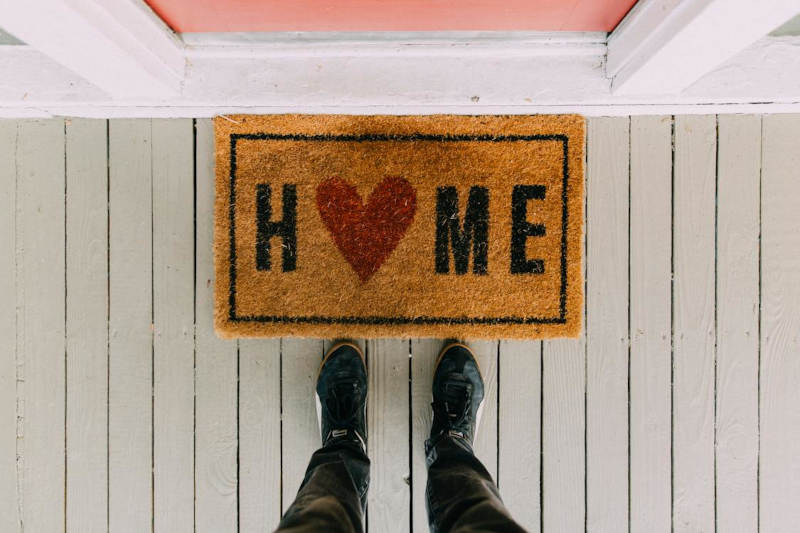
CHOOSING THE RIGHT HOME SIZE

CHOOSING THE RIGHT HOME SIZE
While housing size is a personal preference, buyers should consider current and future needs when shopping. However, it often just comes down to affordability.
NEW YORK – Potential home buyers typically have lists of requirements they would like to find in a new home. Although there are many features that are universally appreciated, certain elements may appeal to particular buyers more than others.
For example, a swimming pool may be coveted by active families, but may not be as desirable to retirees looking for less upkeep.
Size is consideration that merits significant attention. The mantra “bigger is better” is well known, but homes with significant square footage may not be ideal for all buyers.
“How much home do I really need?” is an important question for buyers to ask themselves before they embark on their home-buying journeys. Here’s how buyers can identify how much house they need.
The first consideration in home size is the number of residents. Rocket Mortgage says a good rule of thumb is to give each person 600 square feet of space. So that means a family of four would ideally live in a home that is 2,400 square feet, while a couple may be fine in a 1,200 square foot home.
Generally speaking, the more rooms in a home, the larger the house. Potential buyers should identify rooms they feel are essential. While formal dining rooms once were de rigueur, they largely fell out of favor in recent years in lieu of open floor plans. The more rooms you need, the larger a home should be.
It’s important to consider life changes on the horizon, and buyers should decide if they want to move as a result of those changes or if they want to set down strong roots and stay in one home. For example, a starter home may be perfect for newlyweds, but the space may be too tight when kids come along.
Also, those who anticipate caring for a parent in the future may want a home that will accommodate an extra resident in the years ahead.
The trend to live in very small houses has gained popularity in recent years. Many people have chosen to live with less and downsize to diminutive homes. Most “tiny” homes are less than 400 square feet and are not much bigger than some owner’s suites in larger homes.
There are merits to small homes, and that includes a small environmental impact, less clutter, financial advantages and other perks like spending more time outdoors.
Sometimes how much house a person needs comes down to how much he or she can afford. Small homes tend to be less expensive than large ones. However, even small homes in urban areas or those close to the water or other attractive amenities could still cost quite a bit.
Housing size is a personal preference that potential buyers must consider when they are shopping around.
© Copyright © 2024 Hometown Multi Media Partners, LLC., All rights reserved.

